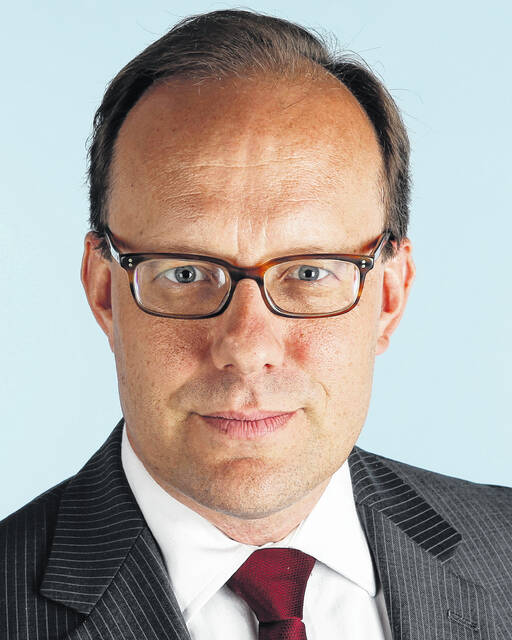Gasoline is cheaper than a year ago. Home price gains have slowed. And used car prices have leveled out. This has helped push down the annual inflation rate from its June peak. And that has given the Federal Reserve confidence to consider relaxing its pace of rate hikes ever-so-slightly.
Yet, inflation has not slowed in the category where most consumer spending occurs — services.
While the headline Consumer Price Index measurement of inflation has slowed four months in a row through October, the inflation gauge for services has continued hitting 40-year highs this fall. The November data will be released on Tuesday in the week ahead.
“Services less energy services” is the econo-speak label for what is the biggest component of the inflation barometer. This category captures all kinds of expenses — monthly housing costs, such as rent or mortgages, airfares, pet care, car repair, and trips to the dentist.
Energy and food costs justifiably get the bulk of attention from consumers. These prices jump around quite a bit — how much were those hot dogs last month? — so we tend to notice them more and overweight their influence. They certainly shape consumers’ expectations about inflation, which influence spending behaviors and the Federal Reserve’s open mouth and Open Market efforts.
Central bankers have been sending explicit messages for weeks in speeches and interviews that they have been growing more comfortable with the inflation trends while reassuring markets they are far from done raising interest rates. After hiking its target short-term rate by three-quarters of a percentage point four meetings in a row, the Fed is expected to increase its rate by a half of a percentage point when it announces its latest decision on Wednesday.
While a less aggressive boost to borrowing costs has been expected, it will mean the agency has increased rates by more than four percentage points this year. That’s the fastest pace of monetary tightening since 1980 when the Fed raised rates 10 percentage points in six months. And Fed Chairman Jerome Powell can be expected to continue his steely talk about efforts to conquer inflation during his press conference after the group’s decision.
Investor expectations are captive to the Fed’s commitment to slow down still-high inflation while easing the pace of rate hikes.
Tom Hudson is a financial journalist and chief content officer at WAMU public radio in Washington, D.C. Follow him on Twitter @HudsonsView.







